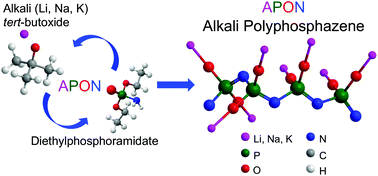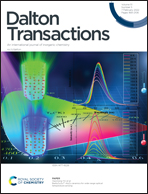Nanoscale Li, Na, and K ion-conducting polyphosphazenes by atomic layer deposition†
Abstract
A key trailblazer in the development of thin-film solid-state electrolytes has been lithium phosphorous oxynitride (LiPON), the success of which has led to recent progress in thin-film ion conductors. Here we compare the structural, electrochemical, and processing parameters between previously published LiPON and NaPON ALD processes with a novel ALD process for the K analogue potassium phosphorous oxynitride (KPON). In each ALD process, alkali tert-butoxides and diethylphosphoramidate are used as precursors. To understand the ALD surface reactions, this work proposes a reaction mechanism determined by in-operando mass spectrometry for the LiPON process as key to understanding the characteristics of the APON (A = Li, Na, K) family. As expected, NaPON and LiPON share similar reaction mechanisms as their structures are strikingly similar. KPON, however, exhibits similar ALD process parameters but the resulting film composition is quite different, showing little nitrogen incorporation and more closely resembling a phosphate glass. Due to the profound difference in structure, KPON likely undergoes an entirely different reaction mechanism. This paper presents a comprehensive summary of ALD ion conducting APON films as well as a perspective that highlights the versatility of ALD chemistries as a tool for the development of novel thin film ion-conductors.

- This article is part of the themed collection: Spotlight Collection: Atomic and Molecular Layer Deposition


 Please wait while we load your content...
Please wait while we load your content...